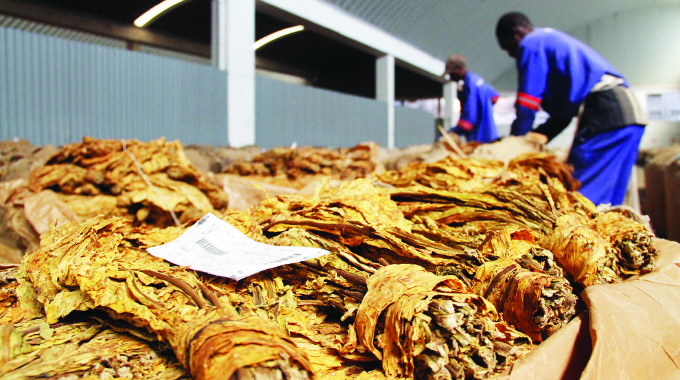Govt eyes 312 890ha traditional grains under Pfumvudza

Elton Manguwo
WITH the 2022/23 summer cropping season fast approaching, the Government is targeting to put 312 890ha under traditional grains such as sorghum and pearl millet with a projected combined yield of 318 383 tonnes.
The programme will be rolled out under the Presidential input scheme under Pfumvudza/Intwasa.
Natural agro-ecological regions four and five will be expected to contribute immensely to the total hectarage with a joint 111 633ha for sorghum while pearl millet will be produced on 96 690ha, thanks to their hot climatic conditions. Regions one and two will produce 41 943ha of sorghum and 16 778ha of pearl millet.
Speaking at the Zimbabwe Farmers Union (ZFU) conference in Gweru recently the Minister of Lands, Agriculture, Fisheries, Water and Rural Development Dr Anxious Masuka said: “With the Presidential climate-proofed input scheme (Pfumvudza/Intwasa) now better fine-tuned to allow what is grown to be determined by the soil and climatic requirements of a particular agro-ecological region, we are laying a foundation for resilient and robust agriculture growth.”
In addition, the dedication of 37 752ha to sorghum and 13 100ha to pearl millet for natural region three, which is a maize growing stronghold, highlights the Government’s efforts in climate proofing the food production sub-sector while ensuring diverse food systems.
“The truth is that climate change is irreversible and unpredictable, making it pertinent for the way agriculture is practised to evolve too. As the country’s surface temperature continues to rise and agriculture being a key sector on the receiving end of the harsh weather patterns, it is of paramount importance that counter measures are taken and substitute avenues for various crops to be explored,” said Dr Masuka.
Permanent secretary in the Ministry of Lands, Agriculture, Fisheries, Water and Rural Development, Dr john Basera also shared the Minister’s sentiments saying when it came to food production, the nation was faced with two options – adapt or die.
Consequently, the Government has since included 3, 5 million families under this year’s Pfumvudza/Intwasa input scheme after a 43 percent drop in food production in the previous season, which highlights the magnitude of the Government’s ambitions in transforming the country’s agricultural sector.
Additionally, the decision ensures that inputs are fully utilised and that farmers are equipped with knowledge for maximum production, as most of them will grow crops they are not accustomed to.
The Ministry is introducing the Zunde raMambo concept at village head level, with the village head’s farm being a site for a farmer field school with capacitation from the Agricultural Advisory and Rural Development services (AARDS).











Comments